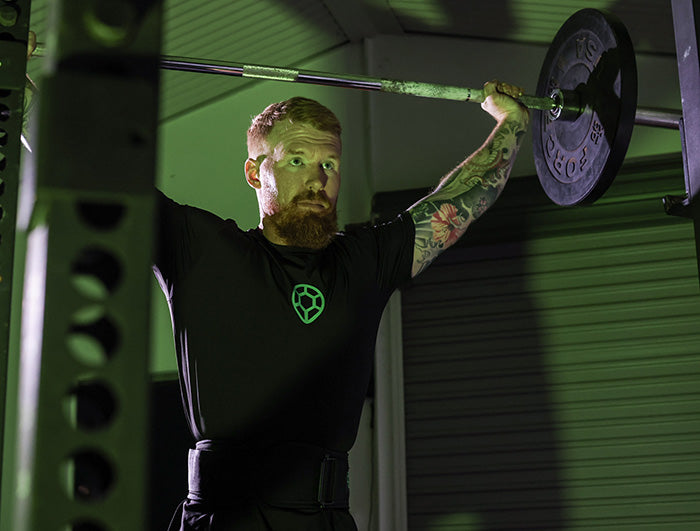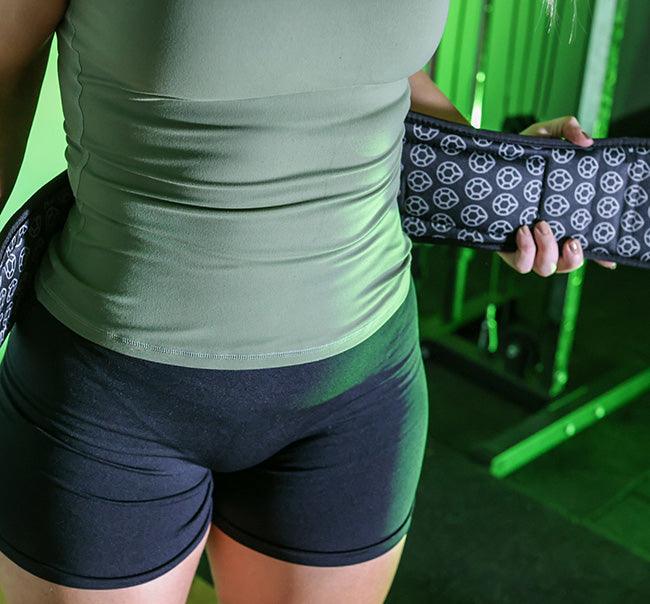1. Does wearing a lifting belt weaken your core?
Occasional use of a belt won't weaken your core. However, relying on it for every lift might reduce core engagement over time. Balance is key—use the belt when needed, but don't skip core training.
2. At what weight should I use a belt for squats?
While there's no hard rule, many lifters consider using a belt when squatting at or above 80% of their one-rep max. It's about when you feel you need extra support.
3. Should I wear a belt during bench press?
Yes, wearing a belt during heavy bench presses can enhance core stability, providing a stronger base to press from. It might feel a bit different at first, but give it a go and see how it affects your lift.
4. Can lifting belts improve performance in CrossFit and Olympic lifts?
Absolutely. For movements like the snatch and clean and jerk, a belt can help maintain core stability during explosive lifts. Just make sure it doesn't interfere with your mobility.
5. What are the disadvantages of using a lifting belt all the time?
Overusing a belt can lead to decreased core muscle activation, potentially weakening your stabilisers. It might also create a dependency, making you feel less confident lifting without it.
6. How tight should a weightlifting belt be?
The belt should be snug but not constricting. You should be able to take a deep breath and brace your core against it.






